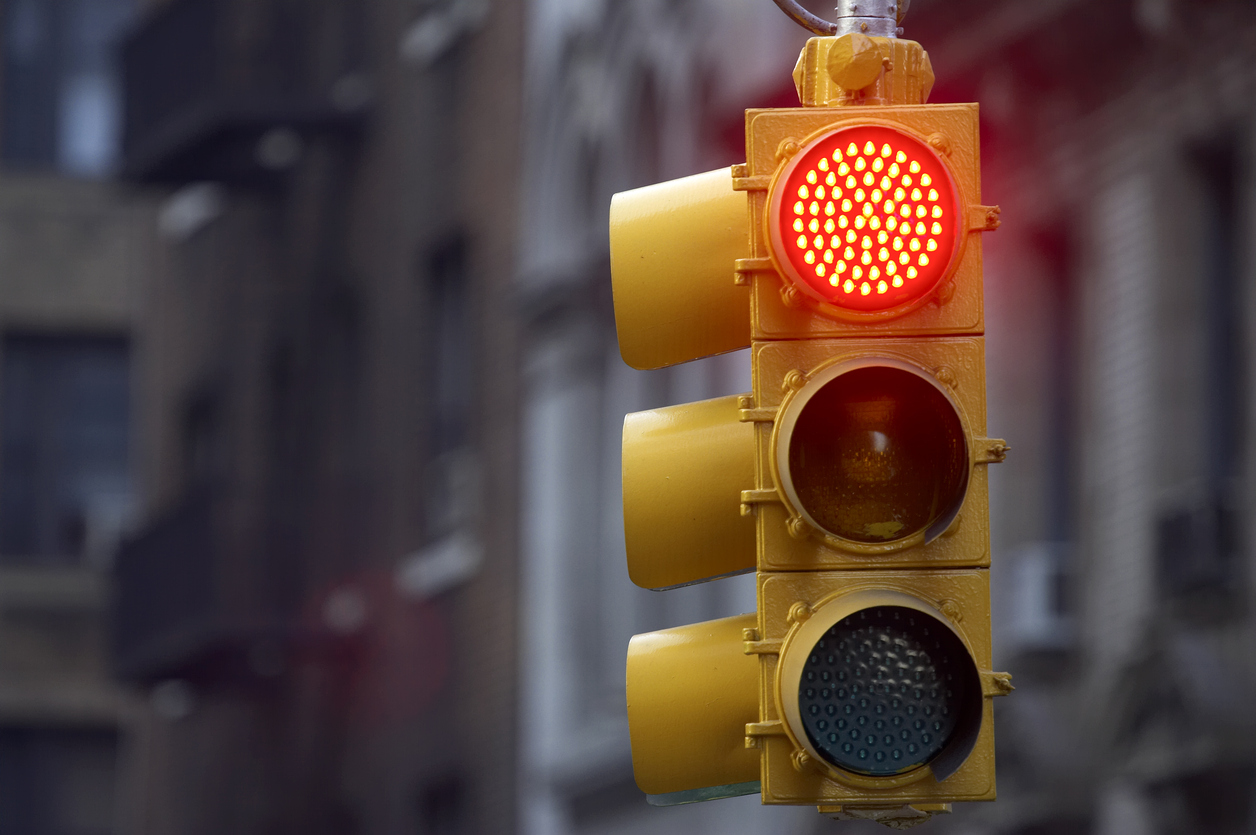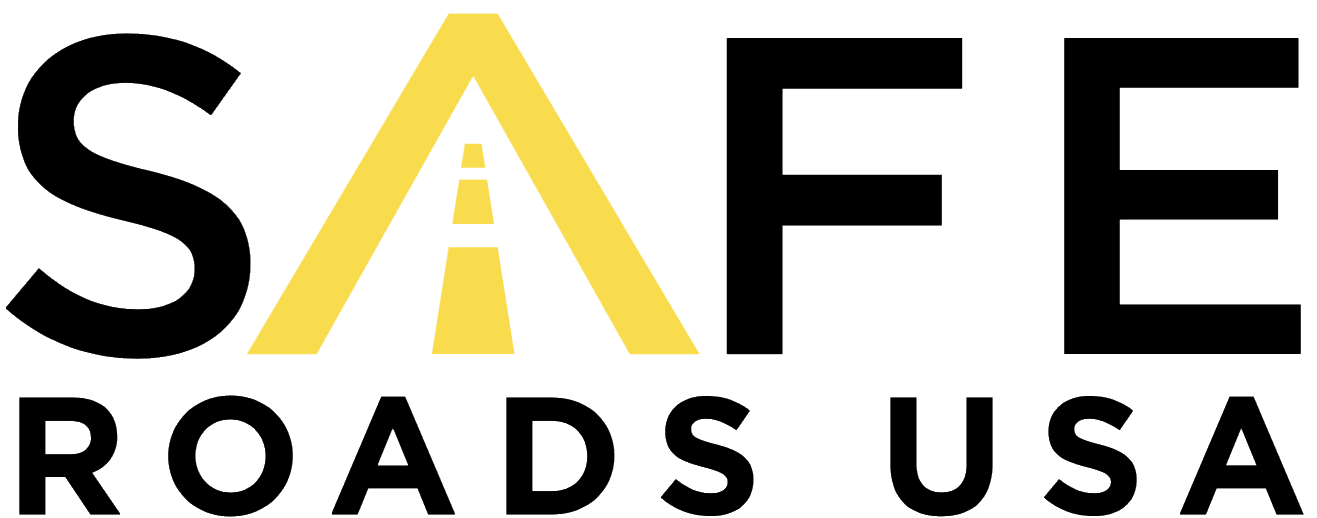How Can We Make Intersections Safer?

One of the most common dangers at a traffic intersection is a vehicle running a red-light. Solving the problem will involve a combination of education, enforcement, engineering and technology. The first step is to identify if an intersection has a problem with red-light violations.
First, a municipality should conduct an engineering study. This study should be able to determine whether the red-light running problem is a design or operational problem or a behavioral problem. This will determine what course of action is needed.
An engineering study will identify what type of remedy is needed. Traffic studies can be utilized to determine if a certain local area has a higher rate of red-light running. Or is the red-light running problem limited to only this intersection?
How is the Problem Intersection Identified?
The problem can be identified through reports on traffic issues from area residents. Residents, either as drivers, pedestrians, or bicyclists may complain about too many vehicles running a particular red-light. The problem can also be noticed by law enforcement. They may see that there are by too many accidents occurring or too many violations at a particular intersection.
The next step would be a traffic engineering analysis. The analysis would look at data to determine if the level of violations or related crashes is greater than the selected determined threshold. A typical intersection will have about 3 to 5 red-light runners per 1,000 vehicles.
How to Make a Problem Red-Light Intersection Safer
The first step is to conduct an engineering study. The next is to investigate how a red light operates and where it should, ideally, be positioned. The next step is to look at countermeasures to increase safety
Redesign the Intersection: There may be a recommendation to redesign the intersection. This may involve physically improving sight distance.
Change the Intersection: Another measure may be to change the intersection into a roundabout. However, redesigning the intersection can be a costly measure. A more comprehensive study would be needed before a municipality could justify such an expensive remedy.
Safety Programs: A municipality may choose to enact a red-light safety awareness program. Some municipalities have enacted driving safety classes that include red-light safety.
Increase Enforcement: A municipality can increase enforcement if the engineering measures will not resolve the problem or until engineering remedies can be made. These enforcement measures may use law enforcement to target the problem red-light intersection. This can be problematic because this type of enforcement could involve the police officer following the offender through the red-light to apprehend them.
Automated Enforcement: Automated enforcement may also be used. This involves the use of a red-light detector and enforcement light. This is also referred to as a “rat box” or “red-eye” unit. This device uses a light attached to a pole that will then be activated when the light turns red. The police officer then positions themselves on the far side of the intersection. This enables the officer to safely apprehend the offender without also running the red-light.
The number of deaths from running red-lights has been on the increase. Municipalities can follow the strategy outlined above as an attempt to remedy this dilemma. The goal is to implement the appropriate strategy for a problem red-light intersection after an appropriate analysis is done. This is done so that a cost-effective plan can be implemented that will create a safer environment for all drivers.
Do you have questions about road safety in your city?, Contact us and we’ll get back to you.
